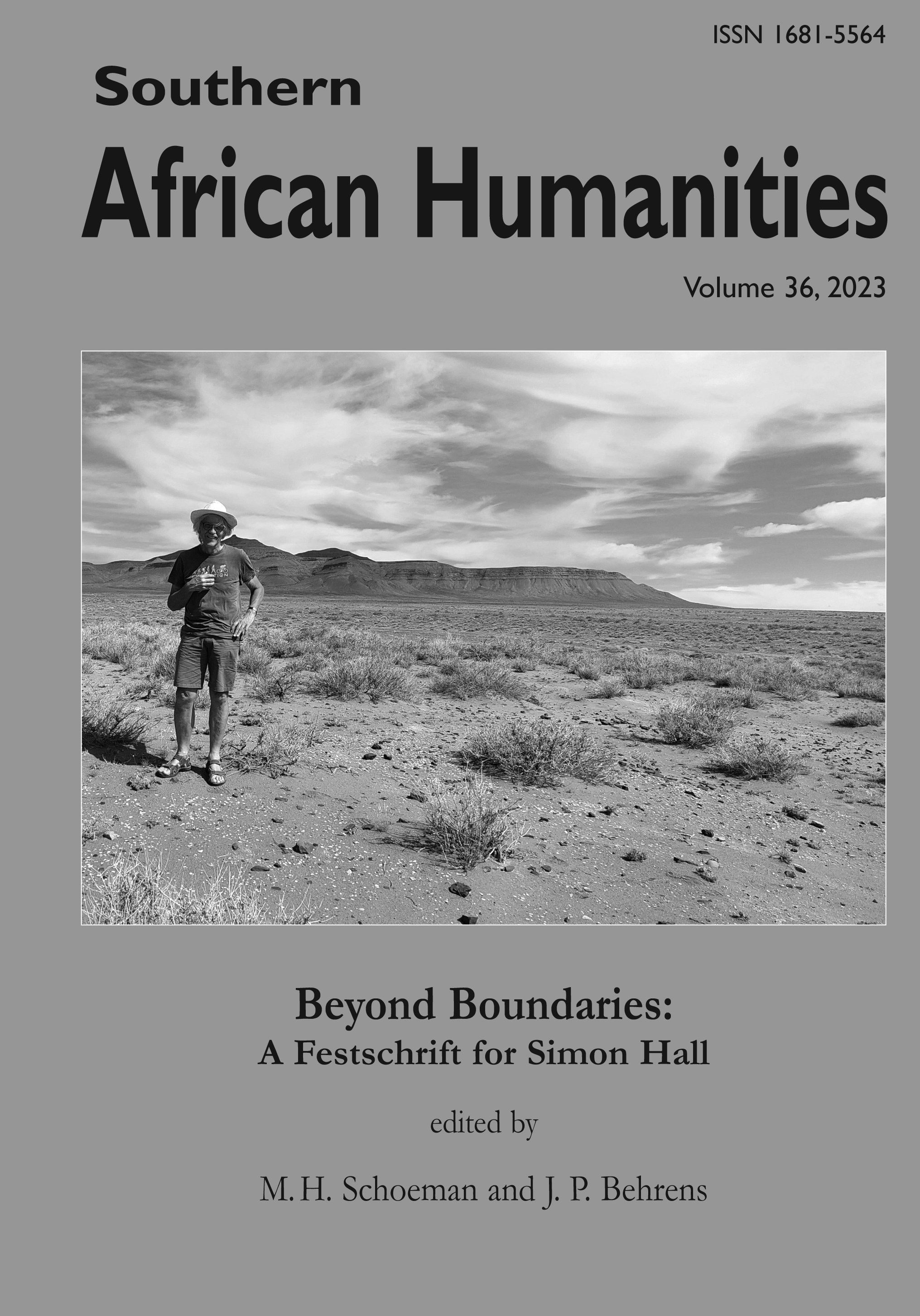Imprints of patriarchy: the historical archaeology of a rural economy in the Piketberg-Sandveld, Western Cape
Keywords:
historical archaeology, vernacular architecture, cultural landscape, farming practice, patriarchy, Piketberg, family networks, estate inventories, oral historyAbstract
In 2011, the author was introduced to a farm on the north-eastern flanks of the Piketberg, where there are several ruined and standing structures of potential interest to the Vernacular Architecture Society of South Africa (VASSA). Over the following four years, members of VASSA explored the local farms and conducted an oral history project to capture farm stories (Malan 2015). Cultural landscape studies emphasise the connection between geography and genealogy, such as the sequence and history of houses and families, and the broader substrate of agricultural, social, economic and demographic history. The eclectic approach of historical archaeology towards the material traces of past lives is well suited for the purpose. Using diverse records, we identified a characteristic settler economic strategy in the Sandveld from the 18th to early 20th centuries, which was to assimilate diverse resources under the control of a patriarch. In this case study, the focus is on the Smit family clan. The resulting pattern of property holdings and inheritance, and the regional vernacular architecture of the Piketberg area, is reflected on the cultural landscape, but it looks very different to that of the contemporary and better-known patriarchal imprints on the rural landscapes of Stellenbosch and the Drakenstein.


